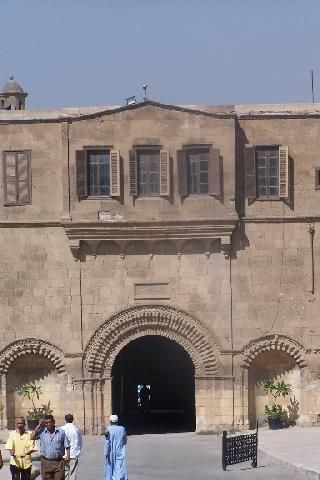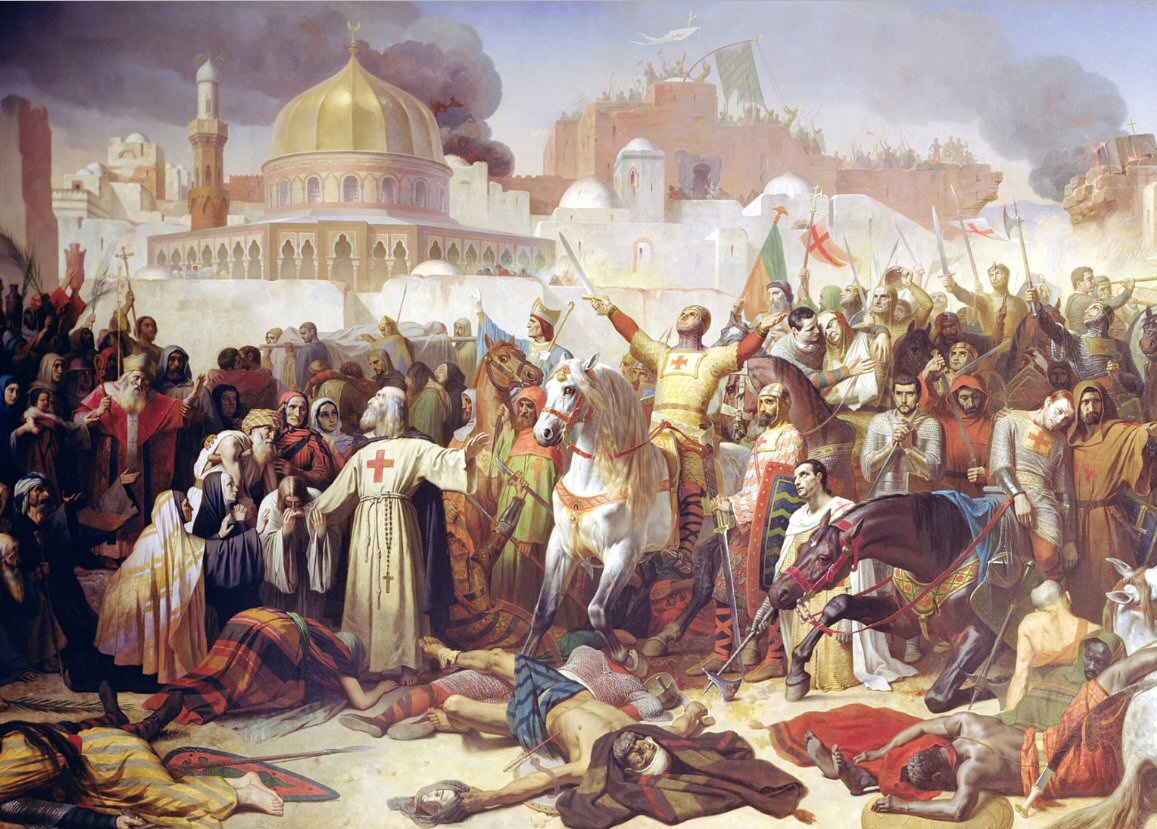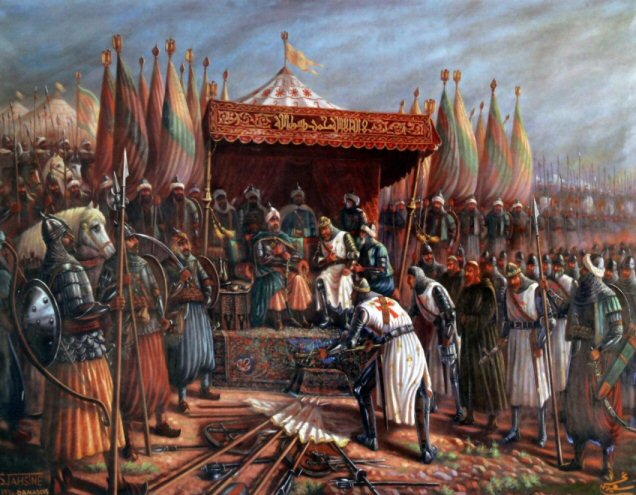 Being the first European invasion on the Arab territories under Islam, the Crusades represent one of the essential stages in the Arab and Islamic history . Unlike the Eastern Roman Empire that enjoyed an effective sociopolitical structure as well as demographic and economic superiority, the Western Roman Empire dismantled into smaller and rather weaker states. The Eastern Empire also enjoyed an effective front line of defense of the Black Sea against attacks from the north The Germanic tribe, the Herules, who invaded Italy in 476 and occupied Rome, brought the Western Roman Empire to an end. During the 10th and the 11th centuries, Europe suffered of many wars due to the attacks of the Bulgarians, the Magyarians and the Normads. Magyar attacked Germany, Italy and France. In 1071, the Normans invaded southern Italy. Further, the Viking groups settled in France and Great Moravia had collapsed. Occident had been suffering a decay of trade and industry as well as a decline in agriculture, since land was withdrawn from cultivation as a direct result of many northern invasions along with the high taxation on the marginal land. Due to the Feudal System, nobles were allocated tracts of land and held accountable to only the king of their territory and the Pope himself.
Being the first European invasion on the Arab territories under Islam, the Crusades represent one of the essential stages in the Arab and Islamic history . Unlike the Eastern Roman Empire that enjoyed an effective sociopolitical structure as well as demographic and economic superiority, the Western Roman Empire dismantled into smaller and rather weaker states. The Eastern Empire also enjoyed an effective front line of defense of the Black Sea against attacks from the north The Germanic tribe, the Herules, who invaded Italy in 476 and occupied Rome, brought the Western Roman Empire to an end. During the 10th and the 11th centuries, Europe suffered of many wars due to the attacks of the Bulgarians, the Magyarians and the Normads. Magyar attacked Germany, Italy and France. In 1071, the Normans invaded southern Italy. Further, the Viking groups settled in France and Great Moravia had collapsed. Occident had been suffering a decay of trade and industry as well as a decline in agriculture, since land was withdrawn from cultivation as a direct result of many northern invasions along with the high taxation on the marginal land. Due to the Feudal System, nobles were allocated tracts of land and held accountable to only the king of their territory and the Pope himself.




